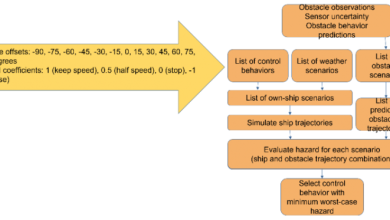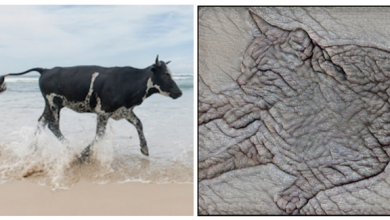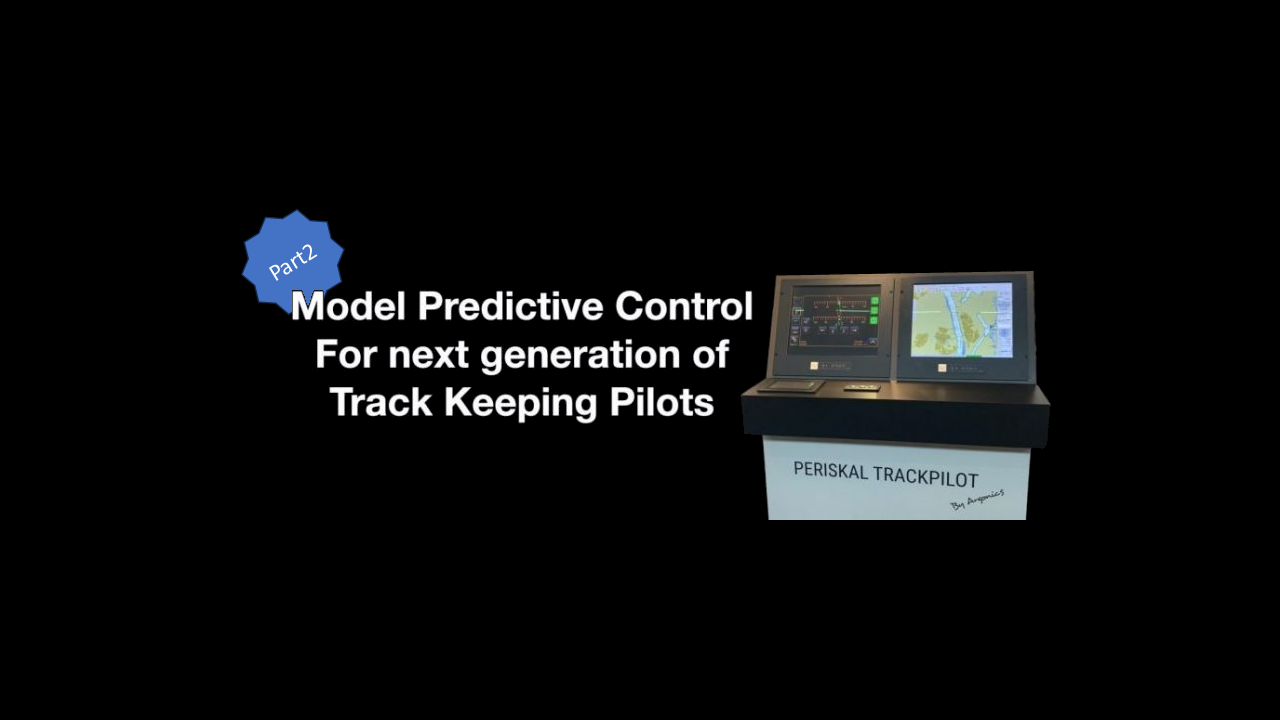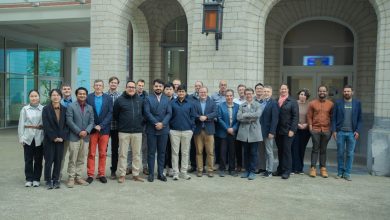Why Stakeholder Consultation is Essential in Research on New Technologies (Even – or Especially – in Legal Research)
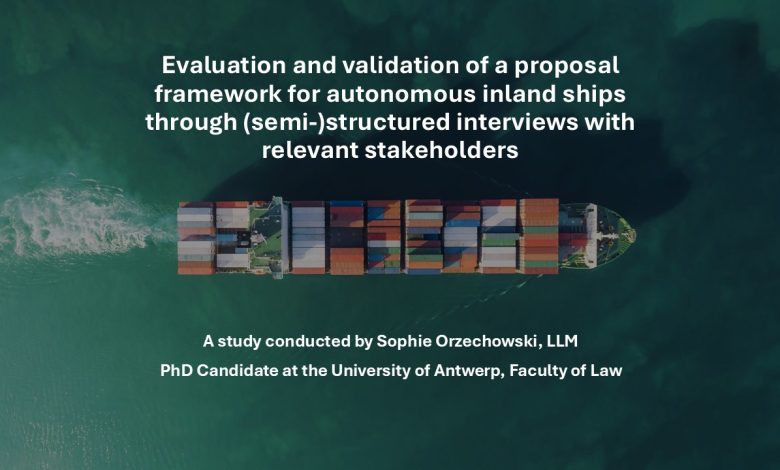
As new technologies continue to reshape industries and societies, the way we research and develop these innovations must evolve too. In particular, integrating stakeholder consultation into research is no longer optional – it became essential. This is especially true in sectors like inland navigation, where technological change intersects with long-standing practices, regulatory frameworks, and environmental concerns. In my own research on regulatory aspects of autonomous inland shipping technology, I used a mixed-methods approach that involved both survey consultation with industry stakeholders and in-depth interviews with experts in inland navigation. This combination of perspectives not only grounded my research in real-world experience but also strengthened the validity and practical relevance of my findings. I am also extremely grateful for the unexpected willingness of relevant stakeholders to contribute to my research. Many shared their knowledge, experience, and time with me on a voluntary basis, offering invaluable insights that deeply enriched the study. Their openness and engagement reaffirmed the importance of involving those most directly affected by technological change.
Notably, when studying the future of inland shipping, it’s easy to get caught up in abstract models or idealised solutions. But by consulting directly with the industry, through surveys or interviews, I captured how people on the ground view emerging technologies, what challenges they face, and what opportunities they see. Their input highlighted practical considerations that might otherwise be overlooked. Moreover, interviews with experts in inland navigation provided me with another layer of depth. These individuals offered strategic and technical perspectives, helping to interpret trends, identify barriers to implementation, and evaluate the feasibility of proposed innovations. Their expertise added rigour and nuance to my analysis. By combining survey data with expert interviews, I believe my research outcomes are not only more valid, in the sense of accurately reflecting the sector, but also more realistic, because they are anchored in both practice and policy.
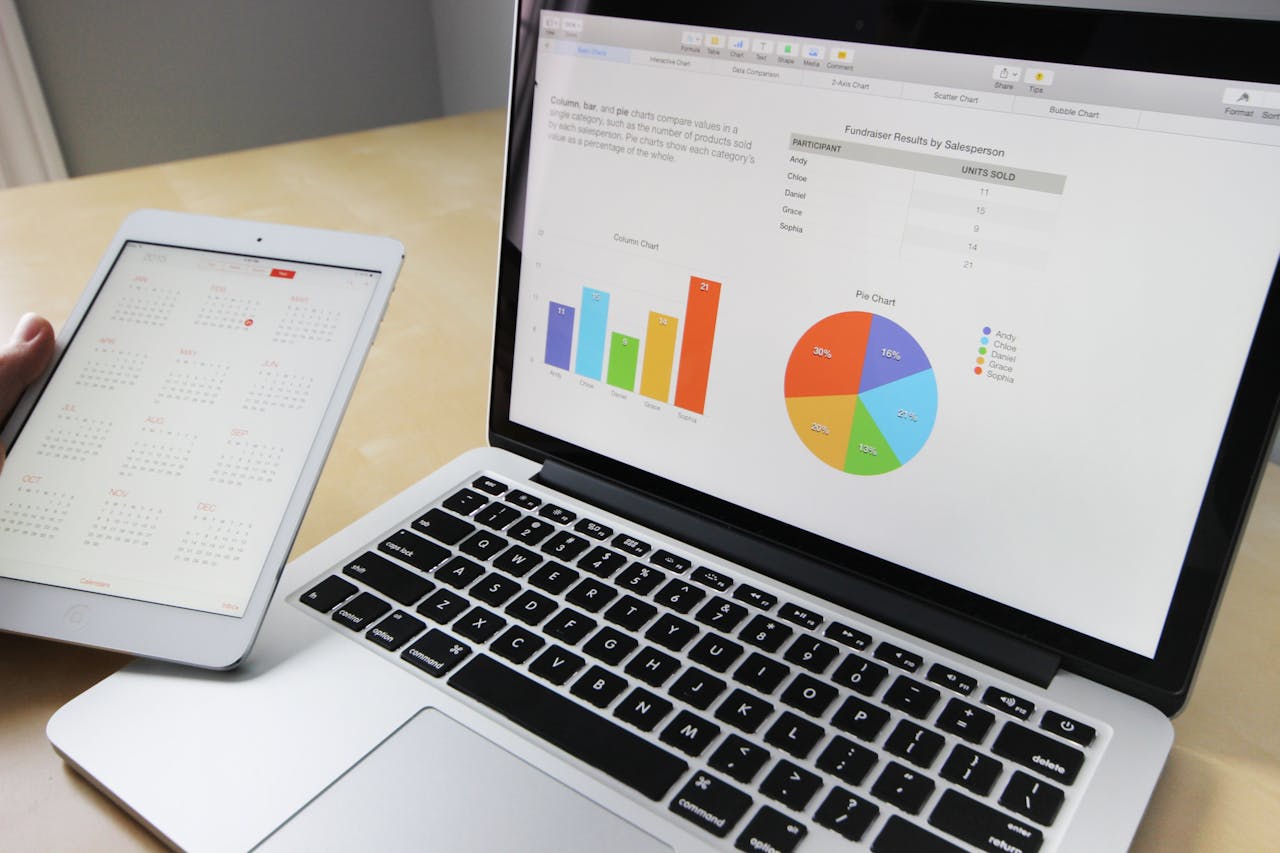
Visualisation of stakeholder inputs. Source: Pixabay
This kind of stakeholder-informed approach ensures that recommendations are grounded and actionable. Stakeholder consultation doesn’t just benefit me or other researchers, it also makes technologies more likely to be accepted and implemented. When people see that their views have shaped a project, they are more inclined to support its outcomes. This is especially critical in industries like shipping, where, as already noted earlier, tradition, regulation, and infrastructure all play a role in shaping innovation uptake. Thus, involving stakeholders also helps ensure that technological change is not only efficient but responsible. By bringing in a range of voices such as industry workers, environmental advocates, or as in my case policymakers, we can better understand and navigate ethical, social, and environmental trade-offs.
I truly believe that by incorporating stakeholder consultation through surveys, interviews, or collaborative workshops, this adds immense value to research on new technologies. In my work on autonomous inland navigation, it helped me ensure that the analysis was not just theoretically sound, but real-world ready. Most importantly, it reminded me that research is a shared endeavour, enriched by the generosity and expertise of those willing to contribute. As we continue to explore how technology can improve industries and infrastructure, we must prioritise engagement with the people and institutions most affected. Only then can innovation be truly effective, inclusive, and sustainable.

Opening slide I used in my presentations during interviews – I know, this is not an inland barge, and autonomous ships will most likely not look like that! Source: Powerpoint (adapted).
An article by SophieOrzechowski.


